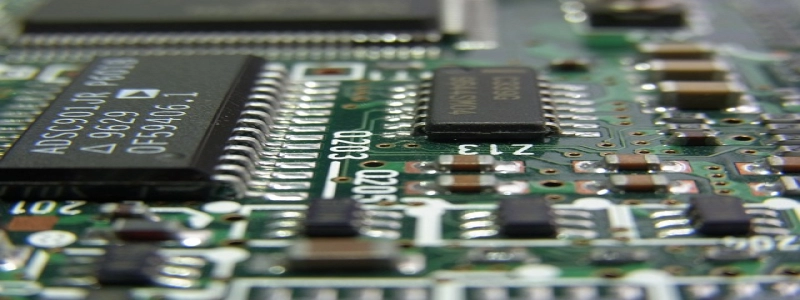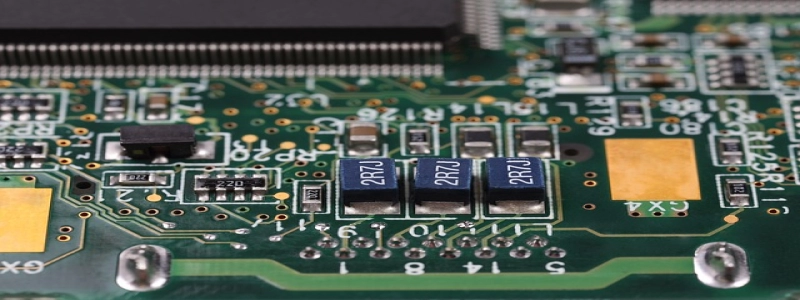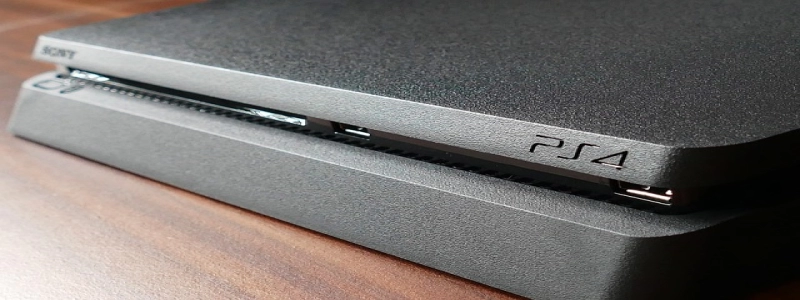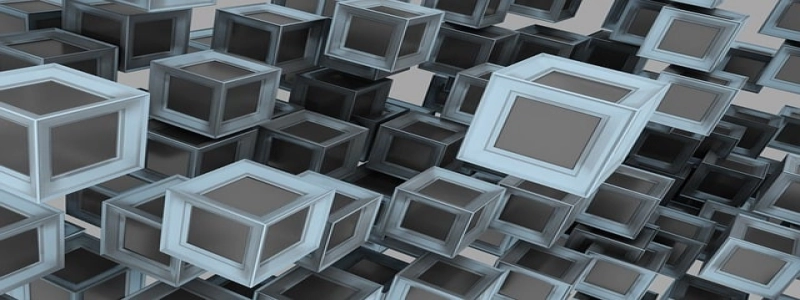Difference between a Cat5 and Cat6 Ethernet Cable
Einführung:
Ethernet cables are essential for establishing a wired network connection. Two common types of ethernet cables that are often compared are Cat5 and Cat6 cables. While they may appear similar at first glance, there are several significant differences that set them apart. This article will delve into the variations between Cat5 and Cat6 ethernet cables in terms of their construction, performance, and compatibility.
ICH. Construction:
1. Cat5 Cable:
– Copper Conductors: Cat5 cables typically have four twisted pairs of copper conductors, which are responsible for transmitting data.
– Insulation: These cables have PVC (polyvinyl chloride) insulation to protect the copper conductors and reduce signal interference.
2. Cat6 Cable:
– Advanced Construction: Cat6 cables feature a more robust design, with tighter twists and thicker copper conductors compared to Cat5 cables.
– Enhanced Insulation: These cables utilize high-quality materials, such as low-density polyethylene (LDPE), for better protection against crosstalk and external interference.
II. Performance:
1. Cat5 Cable:
– Data Transfer Speed: Cat5 cables can support network speeds of up to 1000 Mbps (megabits per second), commonly known as Gigabit Ethernet.
– Bandwidth: These cables offer a bandwidth capacity of 100 MHz, making them ideal for home networks or small office setups.
2. Cat6 Cable:
– Higher Data Transfer Speed: Cat6 cables can handle network speeds of up to 10 Gbit/s (gigabits per second), making them suitable for more demanding applications.
– Increased Bandwidth: These cables provide a bandwidth capacity of 250 MHz, allowing for faster and more reliable data transmission.
III. Compatibility:
1. Cat5 Cable:
– Backward Compatibility: Cat5 cables can be used in networks that require Cat5 or Cat5e (enhanced) cables.
– Limitations: These cables may not be suitable for high-performance applications that demand greater speed and bandwidth.
2. Cat6 Cable:
– Limited Compatibility: Cat6 cables are backward compatible with Cat5 and Cat5e cables but do not function optimally if used with older hardware.
– Future-Proofing: Choosing Cat6 cables ensures compatibility with evolving network technologies, providing a longer lifespan for your network infrastructure.
Abschluss:
While both Cat5 and Cat6 ethernet cables serve the purpose of establishing a wired network connection, the differences lie in their construction, performance, and compatibility. Cat6 cables offer superior performance and greater bandwidth, making them suitable for demanding applications, whereas Cat5 cables are more suitable for basic networking needs. Ultimately, understanding these distinctions will help you select the appropriate ethernet cable for your specific requirements and enhance your overall networking experience.








